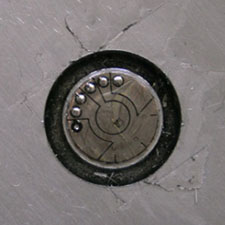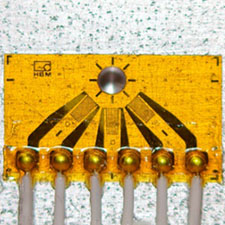arrow_back_ios
Main Menu
arrow_back_ios
Main Menu
arrow_back_ios
Main Menu
arrow_back_ios









